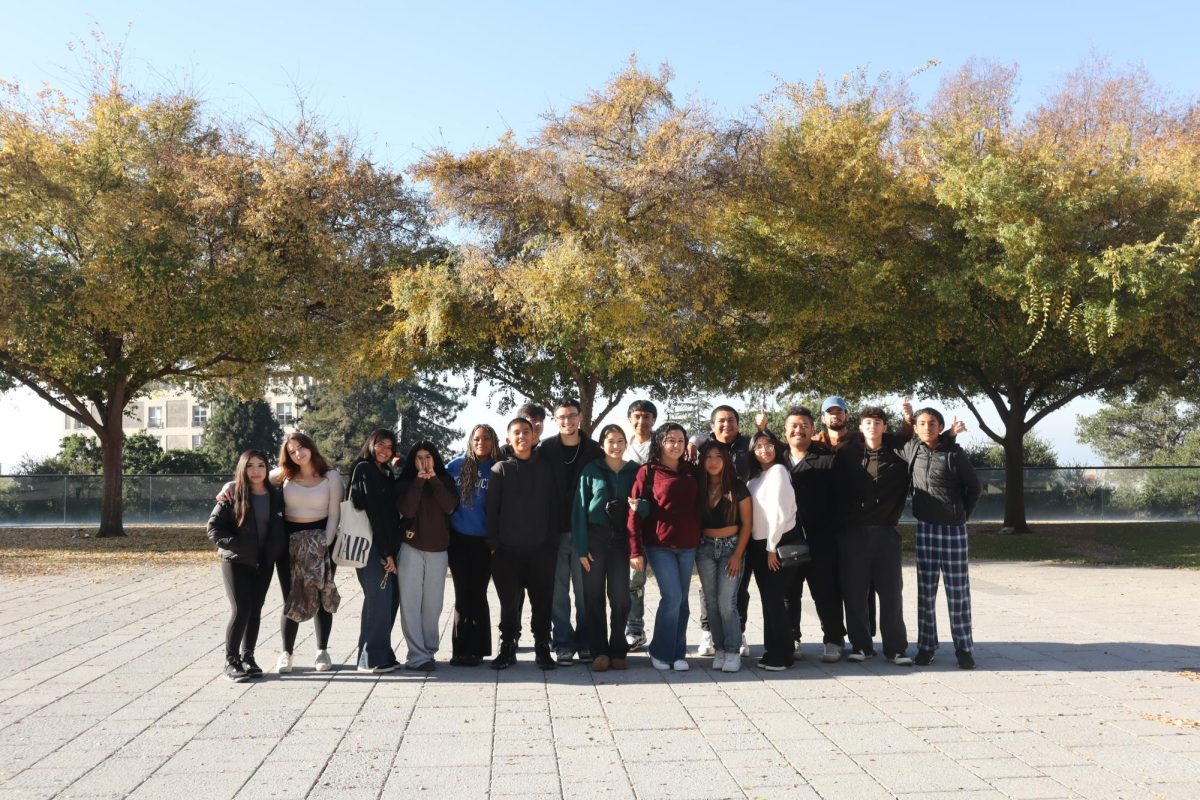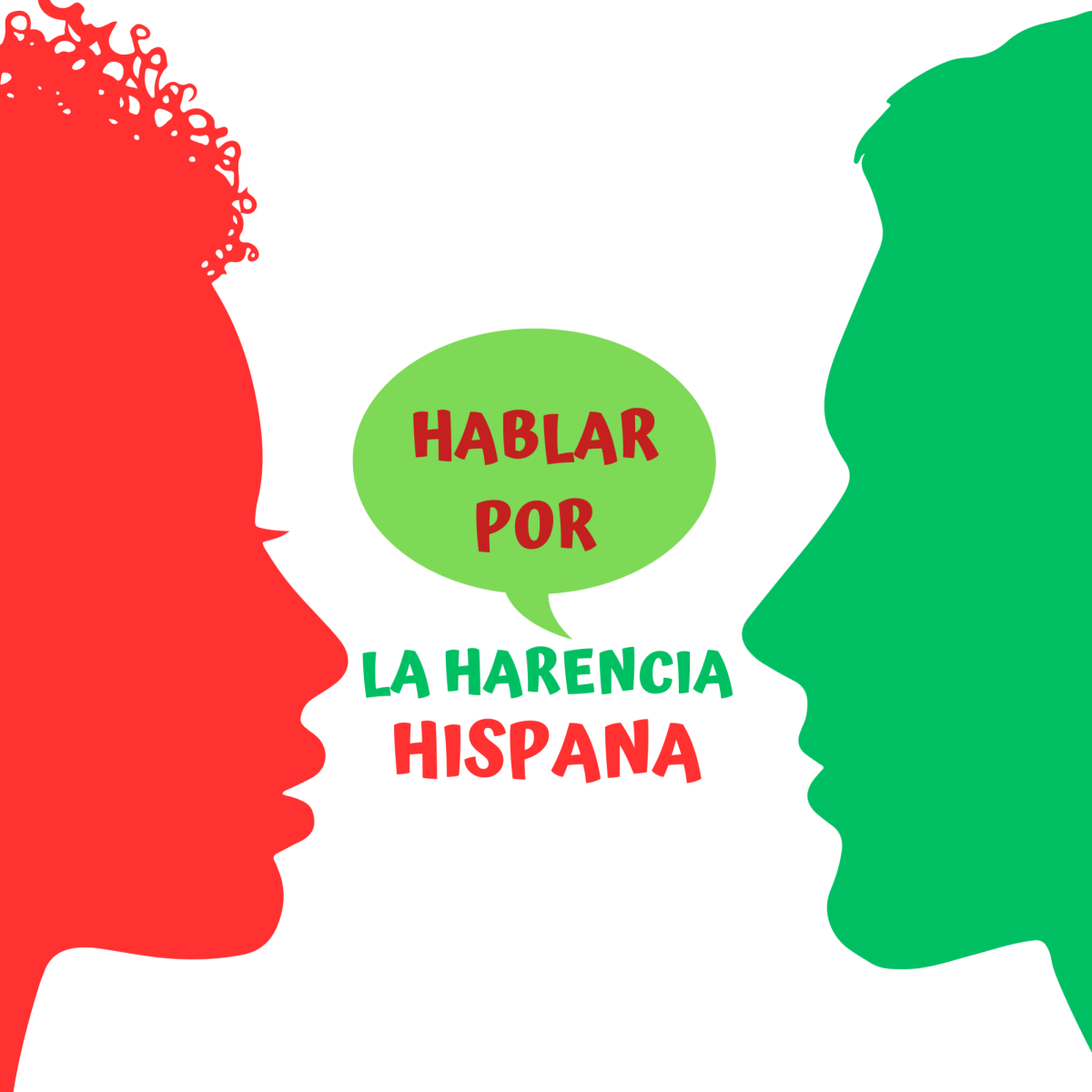
Durante el comienzo de la cuarentena en Marzo, España tuvo un de la más estricto confinamiento del mundo. Cuando el país cerró el 14 de Marzo, España tuvo 6,246 casos confirmados de coronavirus. Residentes solo pudieron salir de sus casas para ir al supermercado o a la farmacia. Mientras los casos disminuyeron, España empezó a levantar sus regulaciones, resultando en una segunda oleada de casos de coronavirus, y nuevas reglas de confinamiento. Pero, posiblemente va a ser más difícil persuadir a la gente a seguir a los directrices nuevos que fue en la primera oleada, porque mucha gente está más relajada con la seguridad.
Aunque España tiene algunas leyes y directrices nacionales. Por ejemplo, hay un requisito que cada región tiene un límite. Pero, regulaciones específicas son diferentes en diferentes regiones. Andrea Ceballos vive y trabaja en Madrid, España, pero se pasó mucho del principio de la cuarentena con familia en Barcelona. Ella ha visto diferencias significativas en las regulaciones de las dos ciudades. Por ejemplo, el limite de Barcelona es a las 10, y muchos bares y restaurantes están completamente cerrados. Mientras tanto, en Madrid, el limite es a las 12, y bares y restaurantes son abiertos a capacidades reducidas.
Aunque las regulaciones de España eran efectivamente en la primera oleada, la segunda oleada puede ser diferente, dependiendo de cuantas personas siguen a los restricciones.
“Pienso que todos están teniendo un tiempo difícil. Todos están cansados. Esta es la segunda vez que eso ha ocurrido, y todos quieren volver a vida normal, que yo pienso que es una de las razones la gente rompe las reglas,” dijo Ceballos.
En Noviembre, el primer ministro de España Pedro Sánchez anunció que España tiene un plan para distribuir la vacuna en Enero. Planear a vacunar a una larga parte de la población dentro de seis meses por administrando las vacunaciones en 13,000 localizaciones.

La situación en Ecuador es muy diferente que la situación en España. Ecuador tuvo que adaptar a la pandemia durante una crisis económica. Precios de petróleo y ingresos públicos de impuesto disminuyeron. Por eso, fue difícil para el gobierno de Ecuador financiar muchos de los recursos necesarios, como espacio en los hospitales y pruebas.
Maria Arias, residente de Guayaquil, Ecuador, dijo que durante Marzo, la información sobre el virus no era clara y las hospitales le faltaban recursos médicos.
“Cada dia, oimos de algun que enferme o de algún que murió, así que es muy duro. Pero es mejor que fue en Marzo,” dijo Arias.
En el comienzo de la cuarentena, las hospitales de Ecuador les falta suficiente doctores, espacio, y recursos para acomodar las pacientes.
“Guayaquil fue el más afectado cuando todo empezó. No se puede encontrar una cama (en los hospitales). Ellos perdieron los cuerpos. Fue una de la más horrible partes de esta pandemia. Demasiado personas perdieron muchos seres queridos, y no pudieron encontrarlos,” dijo Arias.
Ecuador tiene un total declarado de 193,673 casos confirmados y 13,501 muertos confirmados de COVID-19. Pero, es difícil estimar el número de muertes de COVID-19, porque hay una falta de pruebas.
El gobierno de Ecuador ha empezado a gradualmente reabrir los negocios, y en Septiembre, se levantó su estado de emergencia.
A pesar de que el futuro de Ecuador es inseguro, Uruguay tuvo una estrategia exitosa para conteniendo el difusión de la pandemia. No hay un límite, no hay restricciones de viaje dentro del país, y escuelas y transportación pública son abiertos. A pesar de eso, Uruguay tiene un total de 6,024 casos confirmados, y solo 77 muertos recordados por el virus. Es uno de los menos número de casos y tasa de mortalidad de Latina America.
Maestra de español, Maria Civano, tiene familia que están viviendo en Montevideo, Uruguay. Civano piense que mucho de el exito de Uruguay con el coronavirus vino de los primeros acciones del gobierno. Miembros del gobierno siguieron a las indicaciones de los científicos. Sin embargo, como en otros países, la situación puede empeorar si la gente no sigue las reglas.
“Mi hermana me estaba diciendo que hay mucha gente que está cansada. Tiene la fatiga del coronavirus y hacen cosas que no deben hacer, como juntarse y tener fiestas. Están más relajados en el tema de la seguridad,” dijo Civano.
Después de un aumento de casos positivos en Uruguay, el Presidente Lacalle Pou anunció unas regulaciones nuevas para contener el virus, incluyendo la cancelación de deportes interiores, trabajo de oficina remoto, y multas para negocios que no siguen las regulaciones. El gobierno de Uruguay va a valorar la eficacia de esas medidas nuevas más tarde ese mes. Posiblemente va a tomar más acción, si es necesario. También, el presidente anunció planes para distribuir las vacunaciones en Abril. La vacuna no va a ser obligatoria.
Con suerte, España, Ecuador, y Uruguay continúan a developer planes de distribución de la vacuna, y fundan las regulaciones efectivas que reducirán el número de casos en el futuro.
English Translation:
During the beginning of quarantine in March, Spain had one of the strictest lockdowns in the world. When the country shut down on March 14, Spain had 6,246 confirmed cases of COVID-19. Residents were initially only allowed to leave their homes to go to the supermarket or the pharmacy. On June 21, Spain lifted its state of emergency, but by July cases had already begun to surge again. However, getting people to follow the new guidelines may be more difficult than it was during the first wave, as pandemic fatigue sets in and people become more relaxed with safety.
Spain has set some national guidelines and laws, such as requiring each city to have a curfew. However, specific regulations vary significantly by region. Andrea Ceballos currently lives and works in Madrid, Spain, but spent much of the early quarantine with her family in Barcelona. She has noticed significant differences in the regulations of the two cities. For example, Barcelona’s curfew is at 10:00 pm, and most bars and restaurants are completely closed. Meanwhile, in Madrid, curfew is at 12:00 am, and bars and restaurants are open at limited capacity.
Although Spain’s regulations in response to the first wave were effective in reducing cases, the second wave could go differently, depending on how many people follow the restrictions set.
“I think everyone is having a tough time. Everyone is kind of tired. It’s the second time this has happened and everyone wants to go back to normal life, which I think is one of the reasons people break the rules. It depends on how you have lived the first wave and the beginning of the second wave,” Ceballos said.
On Nov. 20, Spanish prime minister Pedro Sánchez announced that Spain is planning to begin vaccine distribution in January, and vaccinate a large part of the population within the following six months by administering vaccinations at 13,000 locations.
The situation in Ecuador has been very different from that of Spain as Ecuador had to adapt to the pandemic after facing a sharp economic recession. Declining oil prices and tax revenue made it difficult for the Ecuadorian government to finance many necessary resources, such as hospital space and test availability.
Maria Arias, a resident of Guayaquil, Ecuador, said that in March information about the virus was not entirely clear and hospitals lacked resources.
“Every day we hear about someone who has gotten sick or someone who has died, so it’s very tough. But it’s better than it was in March,” Arias said.
At the beginning of the quarantine, Ecuador’s hospitals were severely understaffed and lacked both space and resources to accommodate COVID-19 patients.
“Guayaquil was the most affected when everything started. The hospitals collapsed. You couldn’t find a bed there … They lost bodies. That was one of the awful parts of this pandemic. Too many people lost [loved ones] and they couldn’t find them. It was really terrible,” Arias said.
There are a reported total of 193,673 confirmed cases and 13,501 confirmed deaths caused by COVID-19 in Ecuador. However, these numbers may be inaccurate, as there is a shortage of testing available.
The Ecuadorian government has begun to gradually reopen businesses, and in September, Ecuador lifted its state of emergency.
While Ecuador’s future remains uncertain, Uruguay has had a successful approach to containing the spread of the pandemic. There is currently no curfew or restrictions on travel within the country, and schools and public transportations are open. In spite of this, Uruguay has a total of 6,024 confirmed cases, and only 77 recorded deaths due to the virus, making it one of the lowest numbers of confirmed cases and the lowest mortality rate in Latin America.
Spanish teacher Maria Civano has family living in Montevideo, Uruguay. Civano attributes some of Uruguay’s success with handling the virus to the government’s early actions. Members of the government followed guidelines set by advising scientists. Still, as in other countries, the situation could worsen if people stop following the rules.
“My sister was telling me that there are many people that are tired. They have coronavirus fatigue and do things they shouldn’t, like get together and have parties. They are more relaxed in the subject of safety,” Civano said.
After a recent surge in positive cases throughout Uruguay, President Lacalle Pou announced a new set of protocols to contain the virus, including canceling indoor sports, conducting office work remotely and fining corporations that do not comply with regulations. The Uruguayan government will evaluate the effectiveness of these new measures later this month and will possibly take further action if deemed necessary. The president has also announced plans to start distributing vaccinations sometime in April. The vaccine will not be mandatory.
Hopefully, Spain, Ecuador and Uruguay continue to develop efficient vaccine distribution plans, and establish measures that effectively reduce the number of cases in the future.







